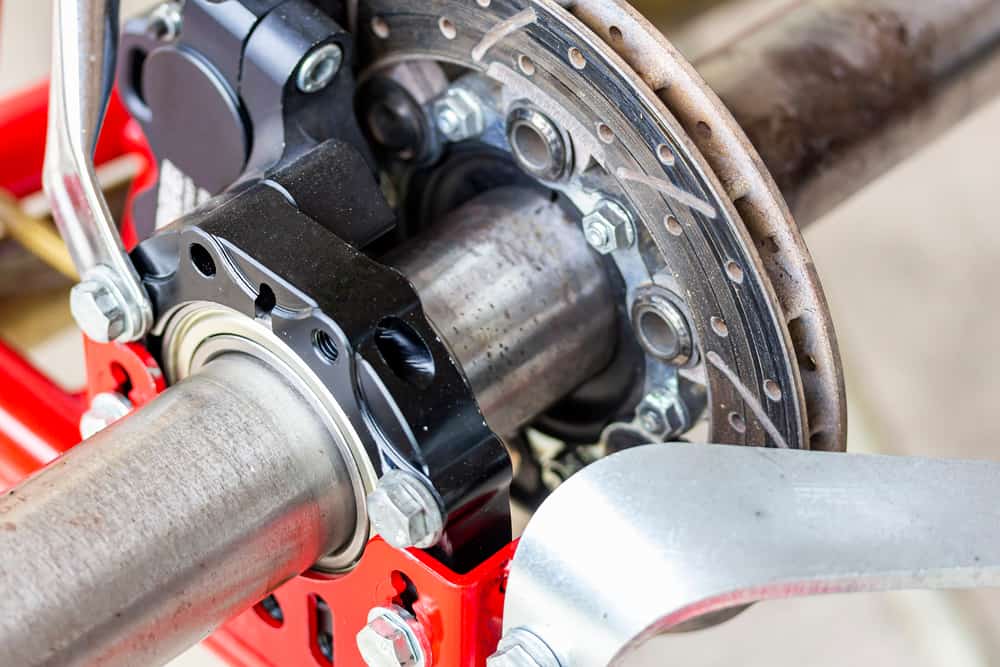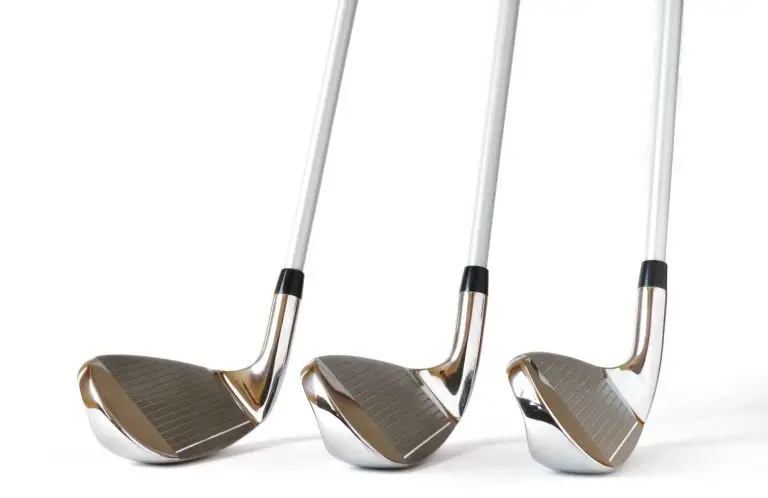Club Car Rear Axle Removal
Club Car golf carts are a popular mode of transportation on golf courses and for other recreational activities. Like any vehicle, they require proper maintenance and occasional repairs to ensure optimal performance. One common issue that golf cart owners may encounter is the need for rear axle removal.
Rear axle removal is a complex process that involves removing the rear wheels and brake drums, disconnecting the brake cables and shock absorber, and removing the bolts connecting the axle to the differential. This process can be daunting for those without prior experience, but with the right tools and knowledge, it can be done successfully.
There are several potential causes of the need for rear axle removal, including worn-out bearings, axle shaft damage, corrosion or rust, and improper maintenance. Proper diagnosis of the issue is essential to determine the appropriate solution.
In this article, we will explore the various causes of rear axle removal, how to troubleshoot the issue, and provide step-by-step instructions for removing and reinstalling the rear axle. We will also discuss preventative maintenance practices to avoid future issues. By the end of this article, you will have a better understanding of how to address rear axle removal in your Club Car golf cart, ensuring that it runs smoothly and efficiently for all your recreational needs.

Understanding the Problem
If you are experiencing a grinding or clicking noise, uneven tire wear, or rear wheels wobbling or shaking, there is a chance that your Club Car’s rear axle needs to be removed. This problem can arise from worn-out bearings, axle shaft damage, corrosion or rust, or improper maintenance. Proper diagnosis of the issue is essential to determine the appropriate solution.
When troubleshooting the problem, it is important to first identify the symptoms. In addition to the symptoms listed above, you may also notice a decrease in cart speed or difficulty in shifting gears. Tools needed for troubleshooting include a jack, jack stands, wrenches, sockets, pliers, and a hammer. User reviews and experiences can provide valuable insights into the effectiveness of these solutions.
Removing the Rear Axle
Once you have diagnosed the issue as a rear axle problem, the next step is to remove the axle. Proper preparation is essential, including ensuring proper tools and equipment, disconnecting the battery power, and lifting the cart onto jack stands.
To remove the axle, you will need to remove the wheels and brake drums, disconnect the brake cables, disconnect the shock absorber, and remove the bolts connecting the axle to the differential. Once the axle is removed, you can inspect the bearings and seals, replace worn-out components, clean and lubricate the axle, and re-install the axle.
Reinstalling the Rear Axle
Proper preparation is also essential for reinstalling the rear axle, including ensuring proper tools and equipment and aligning the axle with the differential. To reinstall the axle, you will need to install bolts connecting the axle to the differential, reconnect the shock absorber, reconnect the brake cables, and install the brake drums and wheels. Post-installation checks include ensuring proper wheel alignment, checking brake function, and test driving the cart.
Conclusion
In conclusion, a Club Car golf cart that requires rear axle removal can be caused by a variety of issues. Proper diagnosis of the issue and preparation for removal and reinstallation are essential for successful resolution of the problem. Worn-out bearings, axle shaft damage, corrosion or rust, and improper maintenance are all potential causes of this problem. By performing preventative maintenance and following proper maintenance practices, you can ensure that your Club Car golf cart is running smoothly on the course.




